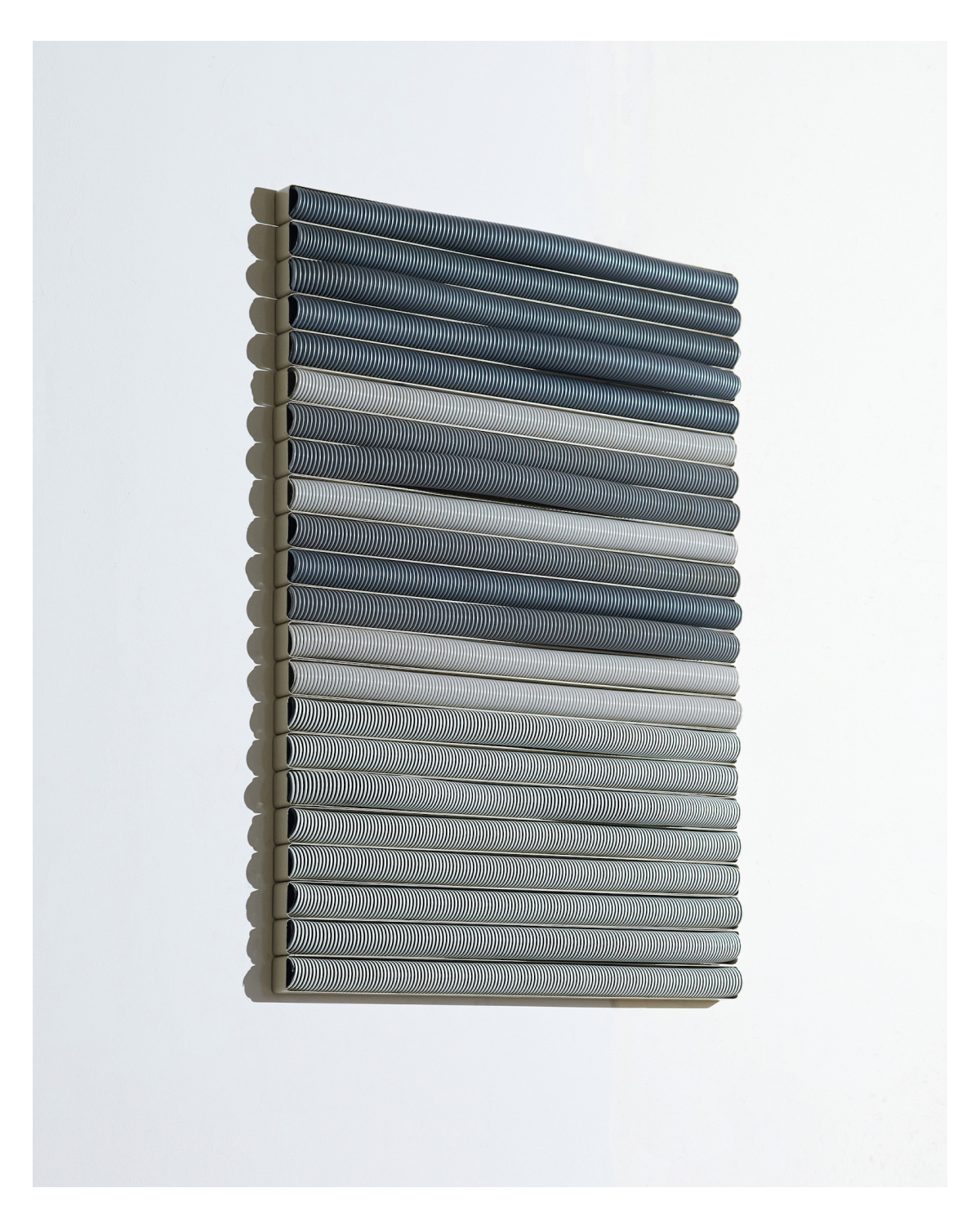Letter from the Editor
How to express what it means to live in this time of unspeakable suffering, of unfathomable cruelty, of a seemingly endless stream of new dead to grieve? What do we do with all we’ve seen? How do we go on?
In “Blood Moon Ghazal,” Palestinian poet Janine Mogannam captures an essence of this moment–how bearing witness to genocide by way of social media and livestream paints images of violence behind our eyes, paints violence onto everything.
“I’ve been staring at my phone all afternoon. When I glance up,
there it is. The blood of Gaza, painting the face of a stunned moon.”
The blood and smoke stain everything, even the moon. Hovering over our consciousness, the images of terror, the weight of grief for our siblings murdered in Palestine, Congo, and Sudan. The dead clamor to be heard.
Contributors in Issue 19 offer their words as challenge to a sinister imperial logic that threatens annihilation. Here, you will find new visions of a survivable collective future, accounting for the horrors of the present and rejecting complacency.
Arah Ko’s “Afterlife Inventory” asks,
“Are you bringing blood diamonds smart
phones damned by cobalt mines…all
the bombs dropped on your behalf”
Ko evokes the nightmare-reality of enslaved Congolese children buried alive in mines that power modern-day technology, the very phones through which we watch atrocities unfold. Ko asks what we owe each other. What actions do we take, and how do they resonate into other lives, into other futures?
Indeed, we must act, as global colonial violence reverberates throughout the web of interdependencies that sustain life as we know it. Mohammed Zenia writes in “The Xhosa start killing their Cattle,”
“Cattle r dying here in orifice Midwest
And still the red ribbon of funerals
Wails over Darfur.”
The pieces in this issue travel, not only across distances but across time. In Ola Alrantisi’s poem “Disappeared for two days,” a desperate speaker wonders about her husband who is
“wandering in the city
Looking for bread crumbs
Under the heavy bombs.”
The ongoing Nakba transcends linear time, as the speaker thinks “of his grandfather/Disappeared in 1948 but never returned.” The horrors palimpsest, new wounds over scars yet to heal.
Trauma, history, and colonial violence live on in the body. In an excerpt from her forthcoming book A Woman is a School, Céline Semaan recounts her birth under bombs in Lebanon in the 1980s. She writes of her family’s experience of persistent trauma and intentional cruelty:
“The war attempted to erase their dreams, and the dreams of their families and community, crushing them under the weight of pain and suffering.”
No wonder then that Semaan proclaims, “panic and survival have become the default state of my bruised nervous system.”
History, too, is carried in the sound of our elders’ voices. In iman adam’s story “The Purpose of Bone,” the narrator attempts to explain to their grandmother that staring directly into an eclipse will “burn your eyes into milk.” The grandmother responds:
“there are worse things than being blind, like being uprooted, or giving birth in the middle of a desert, or having your language untongued from your mouth by the british, or not having language at all.”
Stripping language is only one of the myriad forms of violence colonialism takes. In the face of attempts to obliterate memory, our contributors remind us of the power of oral transmission of knowledge.
River 瑩瑩 Dandelion’s poem evokes orality and enacts community, inspired by oral history from Zheng Tai Tai and Liang Tai Tai , longtime Chinatown Tenants Union Organizers with CAAAV: Organizing Asian Communities. River 瑩瑩 Dandelion’s reflections on tenant organizing in Chinatown emphasize collective strength:
“Landlords grip railings in fear When they see us. Can you believe it? Us, Aunties.”
Amidst the despair, there is a relentless pursuit of community and healing; there is power in inherited wisdom.
Collective action builds power. In poems written line-by-line by different members of 离离草 Chinese Artists and Organizers (CAO) Collective, the power of the collective unfolds before front of our eyes. As the translator’s note articulates, “These collaborative processes rebuild our own lifeworlds and languages that traverse national, geographic, and generational borders.”
Though Mogannam’s ghazal reiterates the circular nature of oppressive violence, it also articulates the repetition of care: “We read the news, break down, repair one another. Share tea and tissues, poems and ice cream, rage and resolution.”
How do we go on? In sharing their grief and rage and love, the artists and writers in this issue insist on history as an ongoing practice. The story of this moment is still being shaped.
At Apogee, we honor this imperative with our collective labor. In this last year, we prioritized platforming work that has been censored or retracted by Palestinian authors and on Palestinian liberation, and in this issue, we aim to uplift the work of those writing against genocide.
We offer this issue as a site of gathering, a site of connection. We hope it inspires loving community, and continued work towards a just and liberated future.
In solidarity,
Alex Watson
Newburgh, NY
June 2024



